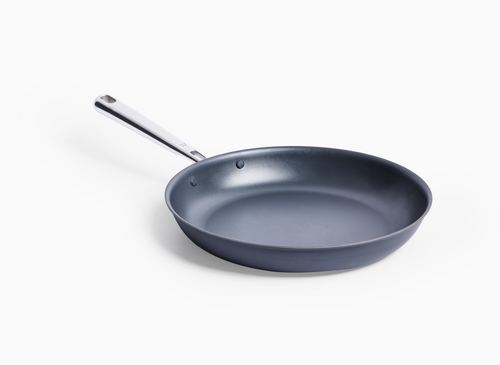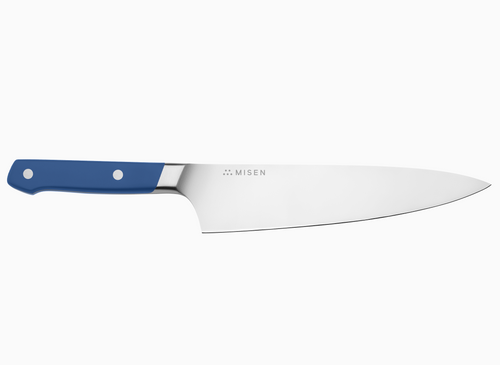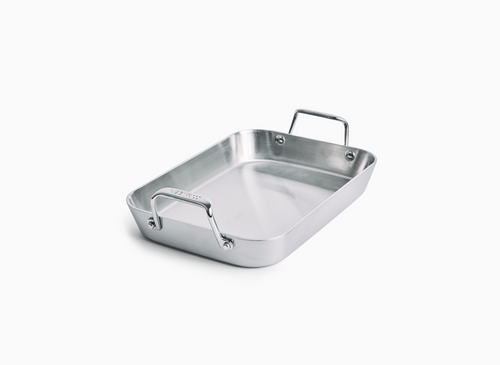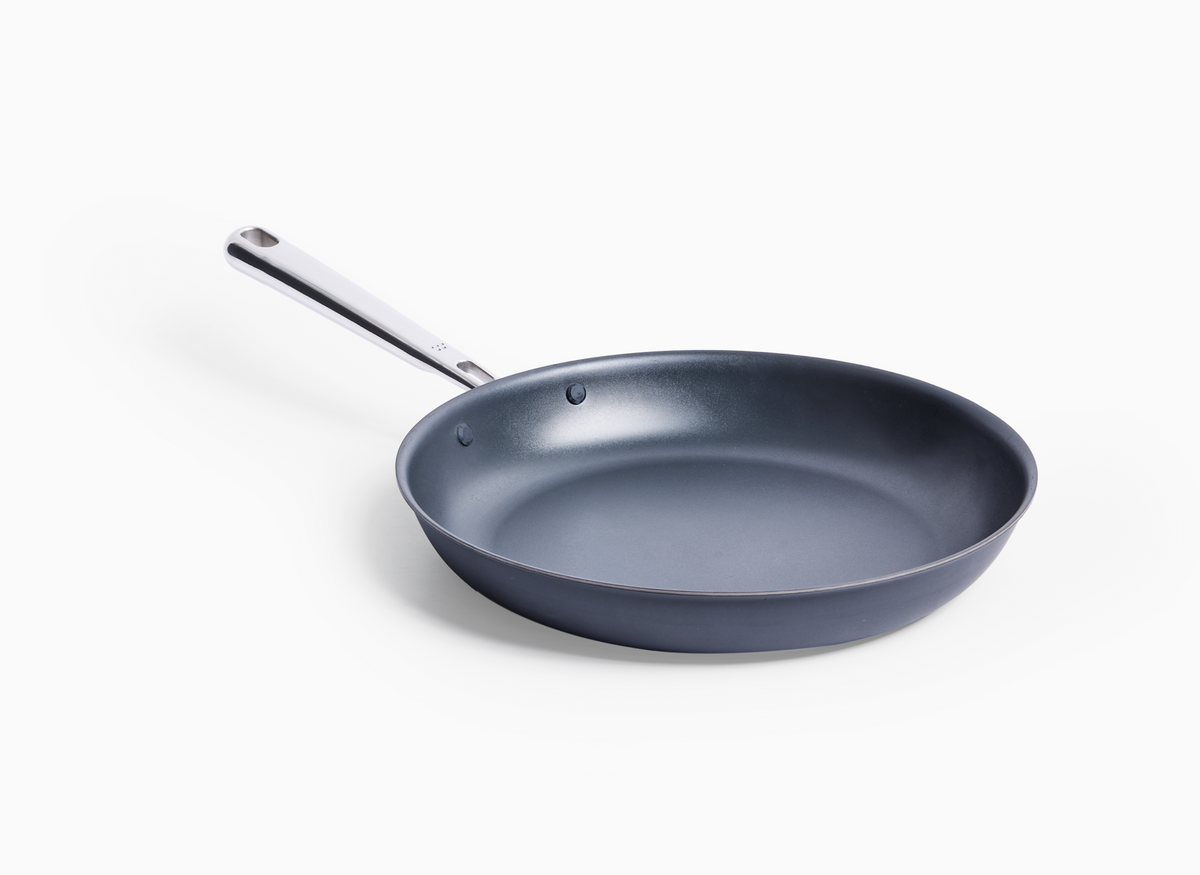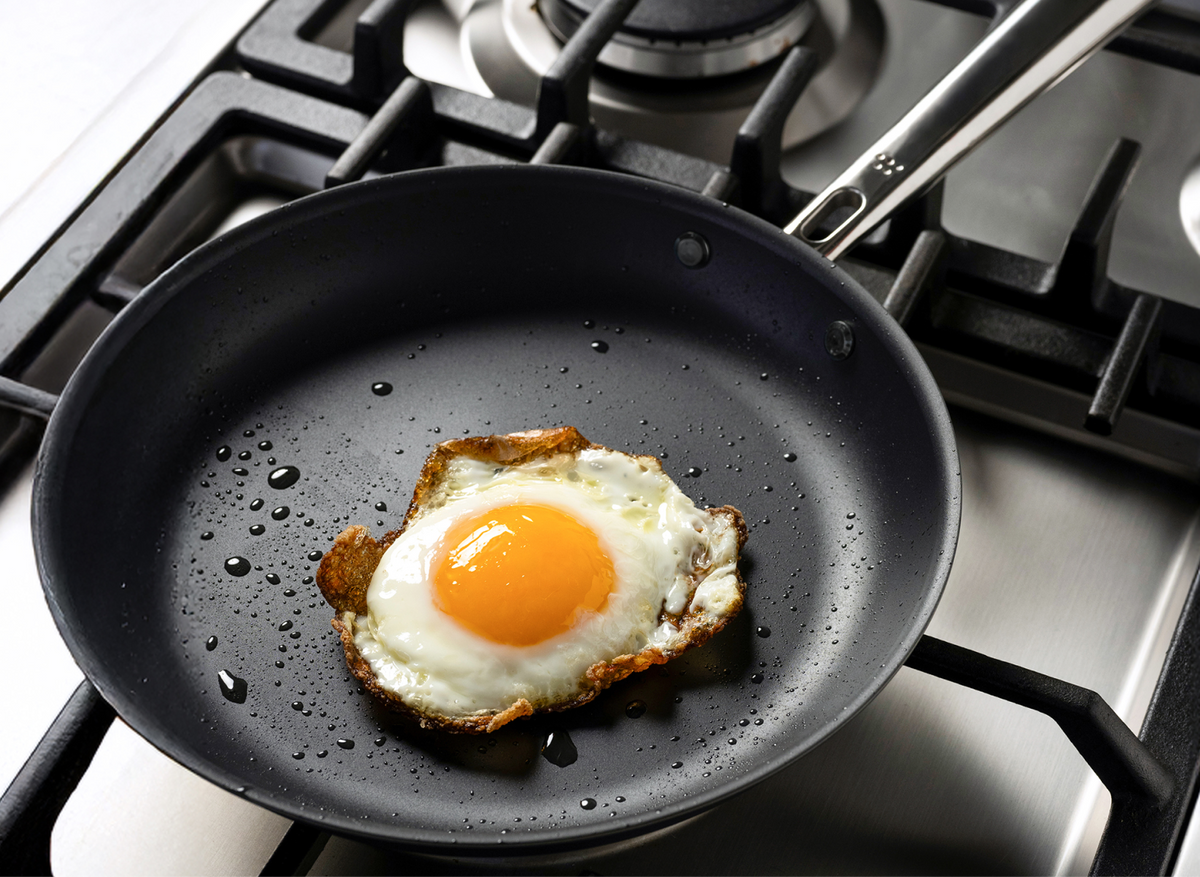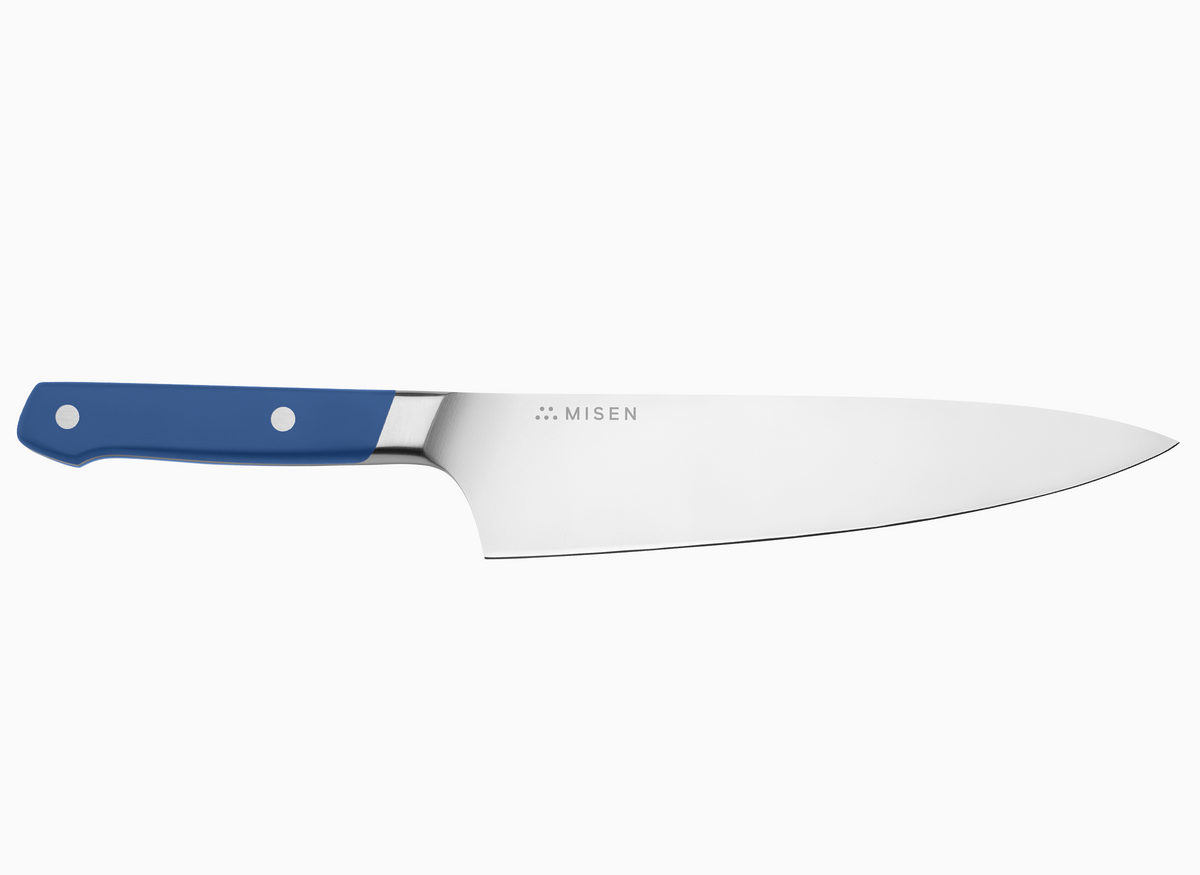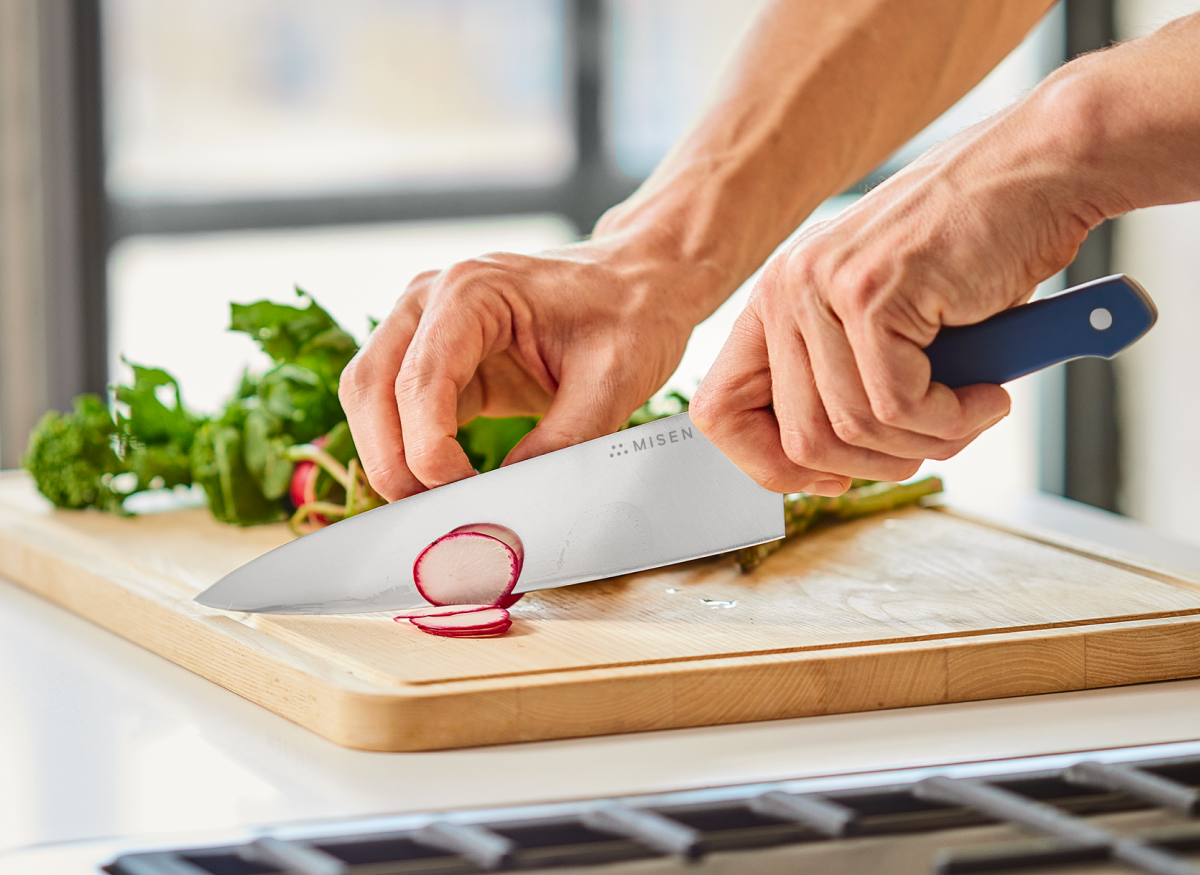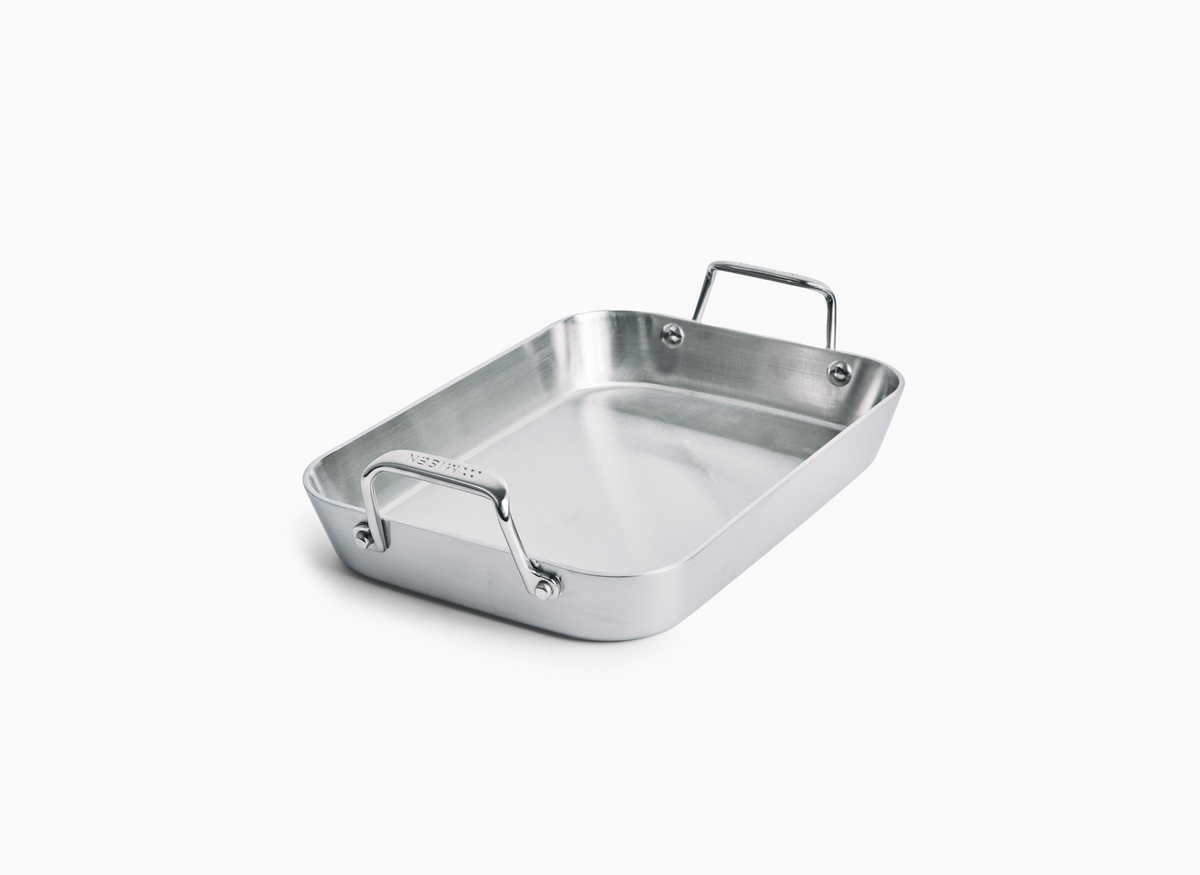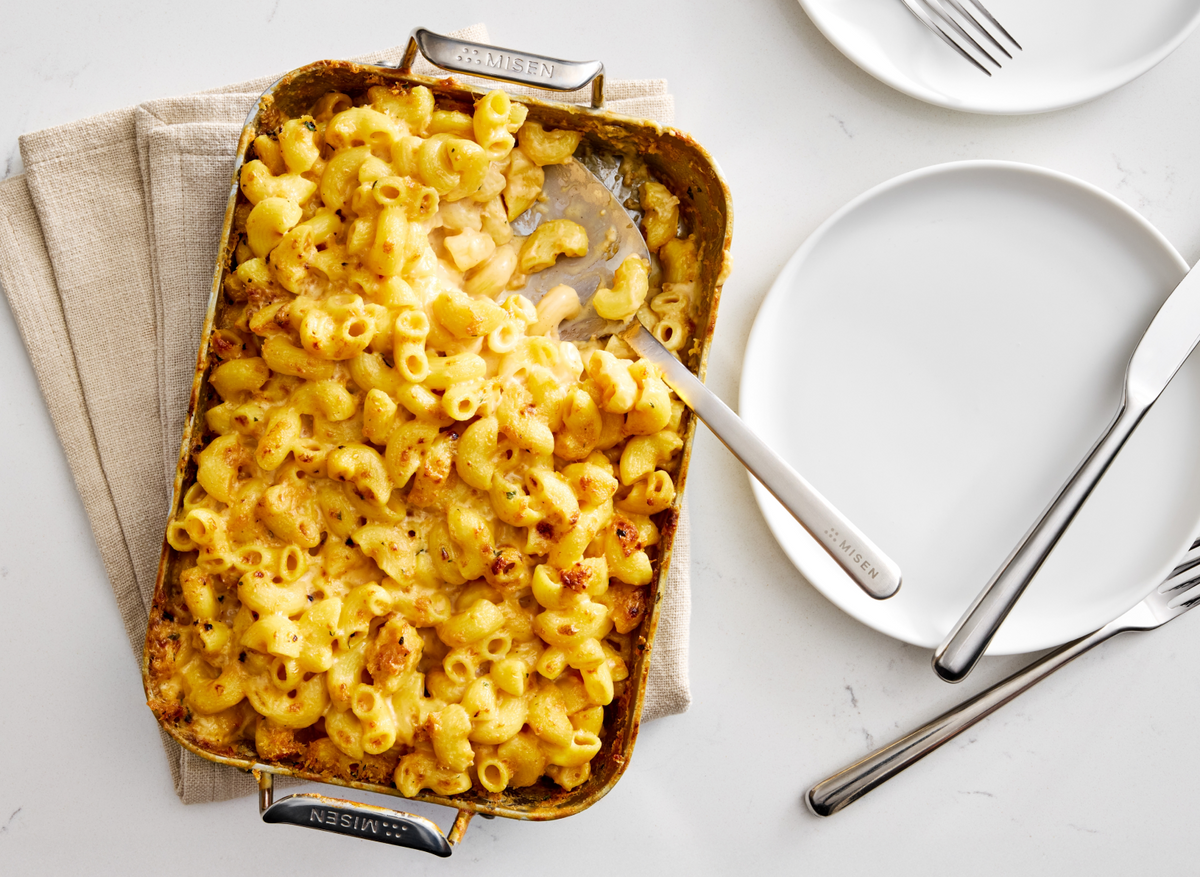Serrated Knife: Discover Cutting-Edge Design for Ultra-Precise Slicing
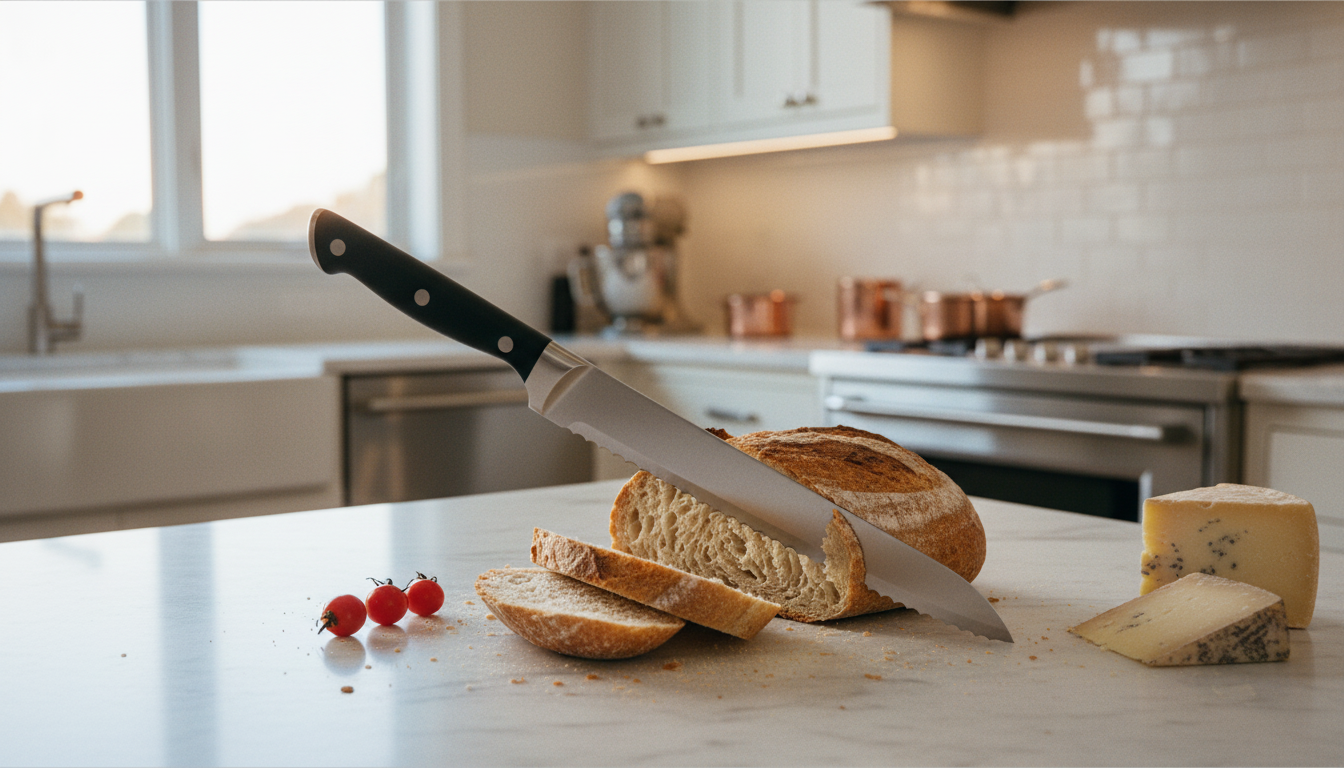
Serrated Knife: Discover Cutting-Edge Design for Ultra-Precise Slicing
Serrated knives offer unparalleled precision for slicing through tough exteriors while preserving delicate interiors. This guide explores the anatomy and advantages of serrated blades, innovative designs for enhanced performance, and proper care techniques to maximize your knife's lifespan.
Understanding Serrated Knife Design
Asymmetrical bevels and precise serration patterns revolutionize everyday slicing.
Anatomy of a serrated blade
Serrated blades feature a series of pointed teeth along the cutting edge, creating a saw-like profile. These serrations consist of sharp points that pierce food surfaces and gullets that guide material away during cutting. The angle and depth of these serrations determine the knife's performance – deeper gullets excel at cutting crusty breads while shallower ones provide more control for delicate items.
Most serrated knives have asymmetrical bevels, with one flat side and one serrated edge. This design allows the flat side to stabilize the cut while the serrated edge does the work. The unique geometry of serrated blades enables them to maintain their cutting ability even when slightly dull, making them a reliable choice for many kitchen tasks[1].
Types of serration patterns
Serrated knives come in three main patterns to serve different cutting needs:
- Pointed serrations: Sharp, triangular teeth with deep gullets – ideal for cleanly slicing crusty breads and tough-skinned produce.
- Wavy serrations: Rounded, scalloped edges that provide more control for delicate items like tomatoes and soft fruits.
- Micro-serrations: Very fine teeth in a saw-like pattern, offering precision for detailed cuts while maintaining a straight cutting line.
The spacing between serrations also impacts performance – wider spacing excels at fibrous foods while tighter spacing gives smoother cuts through soft items. When choosing a serrated knife, consider the types of foods you'll be cutting most frequently to select the optimal serration pattern[2].
Materials used in high-quality serrated knives
Premium serrated knives rely on specific steel compositions to deliver optimal performance. High-carbon stainless steel offers an excellent balance of sharpness, durability, and corrosion resistance. Some knives feature specialized coatings like diamond-like carbon (DLC) to further enhance hardness and reduce friction.
For long-term durability, look for knives with full-tang construction, where the blade steel extends through the entire handle. This provides better balance and strength. The choice of steel significantly impacts maintenance requirements – while some premium knives maintain their edge for years with only occasional honing, more affordable options may require more frequent sharpening[3].
Advantages of Serrated Knives in the Kitchen
Elevating culinary techniques, serrated knives effortlessly balance toughness and delicacy.
Effortless slicing through tough exteriors
Serrated knives truly shine when tackling foods with contrasting textures. The pointed teeth easily pierce and grip crusty surfaces like bread loaves and tomato skins, preventing the blade from slipping. As you draw the knife back and forth, the serrations create a series of small incisions that connect into a clean cut.
This sawing motion requires minimal downward pressure compared to straight blades, reducing the risk of crushing soft foods. The gullets between teeth also help clear away cut material and prevent the blade from binding, especially useful when slicing through fibrous vegetables or crusty artisan breads[4].
Versatility in cutting various foods
The versatility of serrated knives extends far beyond bread. They excel at cleanly slicing tomatoes and soft fruits without crushing, carving roasts and large cuts of meat with crispy exteriors, making precise cuts through delicate pastries and cakes, portioning soft cheeses, and tackling thick-skinned vegetables like squash.
This combination of gentle cutting action and gripping power makes serrated knives indispensable for tasks that would crush or tear food when using a straight-edged blade. Their ability to handle both tough and delicate foods with equal precision makes them a true kitchen workhorse[5].
Serrated Knife: Discover Cutting-Edge Design for Ultra-Precise Slicing
Innovative technologies like DLC coatings and precision forging set new standards for sharpness and durability.
Innovative serration technologies
Recent advances in serrated knife technology focus on enhancing cutting precision and edge retention. Some notable innovations include:
- Double-serrated designs: Featuring serrations within serrations, these knives require less pressure while maintaining sharpness longer and delivering smoother cuts.
- Diamond-like carbon (DLC) coating: Increases blade hardness dramatically, creating an exceptionally durable cutting edge that resists wear and remains water-repellent.
- Precision forging techniques: Using single-piece construction from premium steel to achieve optimal weight distribution for smoother, more controlled cuts[6].
Ergonomic handle designs for enhanced control
Modern serrated knives incorporate ergonomic features that enhance control and reduce user fatigue. Look for contoured handles with rounded edges for a natural grip, strategically placed finger grooves, and curved bolsters. Curved blade designs maintain full contact with food while keeping knuckles safely elevated from the cutting board. These ergonomic elements enable smooth, controlled cuts without requiring excessive force or awkward hand positions[7].
Balancing weight and maneuverability
A well-balanced serrated knife combines optimal weight distribution with precise maneuverability. Consider factors such as blade height, overall balance point, and blade shape. For maximum control, look for knives with moderate heft that provide stability without becoming unwieldy[8].
Specialized Applications of Serrated Knives
From artisan breads to delicate fruits, specialized techniques showcase their versatility.
Bread and pastry cutting techniques
To get the most out of your serrated knife when slicing bread and pastries, maintain a vertical knife position and use gentle back-and-forth movements. Let the serrations do the work and avoid applying excessive downward pressure. For round loaves, creating a flat base by slicing off a thin piece first can prevent wobbling, while delicate pastries benefit from precise cuts that maintain their structure[9].
Tackling delicate produce like tomatoes
Serrated knives excel at slicing tomatoes by biting into the smooth, slippery skin without crushing the soft flesh inside. Place the tomato on its side and use gentle back-and-forth sawing motions to achieve clean cuts[10].
Carving roasts and poultry with precision
While serrated knives can handle most carving tasks, using long, smooth strokes rather than aggressive sawing minimizes tearing. The serrated edge efficiently slices through fibers and connective tissues, ensuring clean cuts and preserving the presentation of the meat[11].
Maintaining and Caring for Serrated Knives
Proper cleaning, sharpening, and storage extend the life of your serrated blade.
Proper cleaning and storage methods
To keep your serrated knife in top condition, hand-wash with mild soap and water immediately after use, thoroughly dry it to prevent corrosion, and store it on a magnetic knife strip or in a dedicated knife roll. For carbon steel knives, applying a thin layer of food-safe oil after drying can offer extra protection[12].
Sharpening techniques for serrated edges
Sharpening serrated knives requires a tapered diamond or ceramic sharpening rod. Focus on the beveled side and use controlled strokes through each gullet at the original angle. Work gently until a burr forms, then lightly remove it with a few additional strokes.
Extending the lifespan of your serrated knife
Daily care, regular honing, and periodic professional sharpening when necessary can significantly extend the lifespan of your serrated knife[13]. Look out for signs of wear such as chipped or flattened serrations to decide when maintenance is needed.
- Serrated knives excel at cutting through tough exteriors while preserving delicate interiors.
- Different serration patterns serve various cutting needs, from crusty breads to soft fruits.
- Ergonomic handle designs and balanced weight distribution enhance control and reduce fatigue.
- Proper cleaning, storage, and maintenance techniques significantly extend a serrated knife's lifespan.
- Specialized sharpening methods are required to maintain the edge of serrated blades.
- https://nymag.com/strategist/article/best-serrated-knives.html
- https://sharpedgeshop.com/es/blogs/knife-types/the-essential-uses-of-a-serrated-knife-a-complete-guide?srsltid=AfmBOop10LpEk_Q9i9MUj8JpYRGmJjPLtM5N1IhUsLOq9YOt0xcpF0kN
- https://smithsproducts.com/blog/everything-you-need-to-know-about-serrated-knives/
- https://www.wusthof.com/en-dk/products/performer-double-serrated-bread-knife-23-cm-9-inch
- https://www.wusthof.com/en-cn/knives-by-series/performer
- https://fromourplace.com/products/serrated-knife
- https://www.steelportknife.com/the-science-of-serration-technical-considerations-for-making-the-best-bread-knife/
- https://misen.com/blogs/news/the-ultimate-guide-to-bread-knives
- https://misen.com/blogs/news/understanding-serrated-knives-from-bread-to-beyond
- https://www.theperfectloaf.com/the-best-bread-knife-for-sourdough/
- https://www.mentalfloss.com/article/584605/how-slice-tomato-without-crushing-it
- https://cooking.stackexchange.com/questions/10146/what-kind-of-knife-should-i-use-to-slice-tomatoes
- https://misen.com/blogs/news/how-to-cut-a-tomato
- https://www.silislick.com/blogs/news/slicing-meat-a-deep-dive-into-straight-edge-vs-serrated-knives
